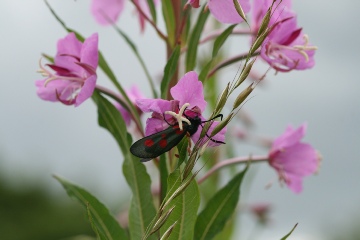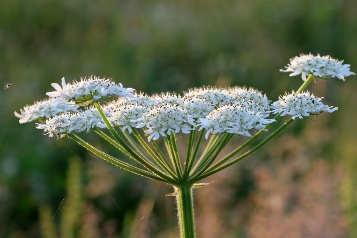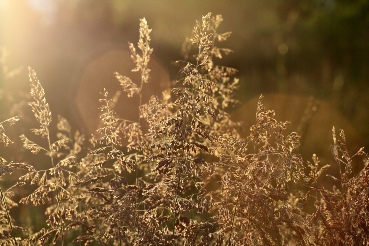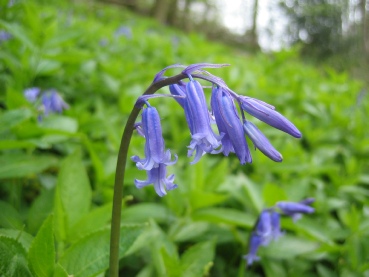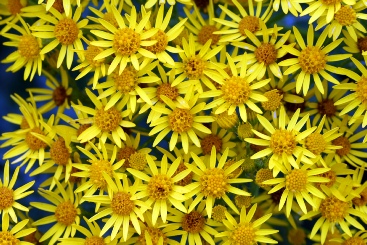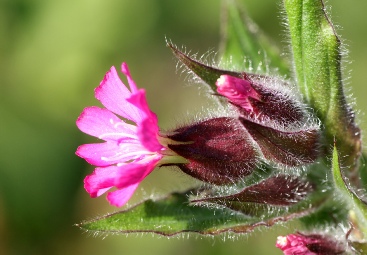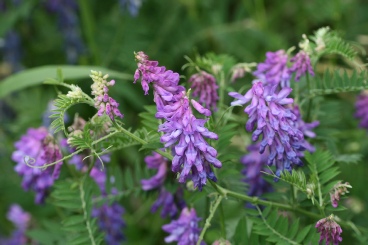
Dave Barlow © Cleveland Naturalists’ Field Club. 7th April 2024



Welcome to Cleveland Naturalists’ Field Club
As the popularity of the area increased there was a demand for leisure areas. The Skelton Beck valley running inland from the beach towards Skelton was the obvious choice and this was cleared and paths laid down. Grassy areas were left for picnicking sites. A special Italian Gardens area was established and a bandstand was built. Tests on a local spring established that the water was comparable to that of Harrogate so a stone fountain with metal drinking cups was erected.
The gardens were very popular but a toll was charged to use these so it was chiefly the visitors that benefited from this scheme. In order to provide a free park for all the local people, in 1896 at a local Saltburn Council Meeting it was decided that Hazel Grove should be acquired and turned into a public park. As a result of this, Lord Zetland, the owner, kindly presented 8 acres of land at Hazel Grove for the project. Unfortunately the cost of establishing the park was estimated at two thousand pounds. This gave rise to disputes within the council and it was 1904 before paths were laid and the undergrowth cleared. At the entrance to the park a bandstand was built and this can be seen in old photographs.
Over past years the valley became rather neglected. The bandstand disappeared, the paths were in disrepair, the beck polluted. The ravine runs parallel to the coast and is separated from it by fields which are part of Windy Hill Farm. On the inland side of the ravine are allotments and a caravan site. Although this wooded area is close to the sea front at Saltburn and the centre of the town it remains very much a hidden valley used mainly by the local residents and the people using the caravan site.
In recent years serious attempts have been made to repair the footpaths, prevent tipping of rubbish from the allotment areas and clean out the beck. Steps are now being taken to raise sufficient money to restore the original Victorian footpath to Hazel Grove, which in recent years has become neglected and overgrown. In 1995-6 the banks near the end of the promenade at Hazel Grove were considerably disturbed owing to the laying of pipes for a new sewerage scheme. This destroyed some of the coastal vegetation but when the scheme was completed the area was reseeded and steps were taken to prevent erosion of the banks that had been disturbed.
Apart from the footpath from Marine Parade and the promenade, access to the woods can be gained from the caravan site and from the Parkway off Marske Road where there is a tunnel that passes under the railway line. Cutting across the far end of the wood is a footpath and cycleway. There is also a footpath from the Marske – Saltburn Rd. which crosses the railway line and joins this. The horses from the local stables often use this but there is no bridle path down the valley.
Prior to the C19th century the growth of hazel for coppicing was extremely important. The hazel rods had many uses. They were woven into hurdles to fence in pigs, cattle and sheep. The trees also produced the wattle for wattle and daub buildings. The brushwood was bundled into faggots that were used to fire bread ovens etc. In this area many were woven into ‘corves’ or baskets which were used in the Durham pits. It is possible that hazel in this valley was put to some of these uses. Today the predominant trees are Sycamores, Scots Pines, Corsican Pines and a few Ash trees. New species have been introduced in recent years alongside the path from Marine Drive. These include Whitebeams, Norway Spruce and a few Oak trees.
In the valley the understorey is dominated by Bramble, Hawthorn, Dog Rose and Elder. Interspersed with these are a number of Gooseberry and Red Currant bushes. The last two mentioned have probably been introduced by birds from fruit collected in the nearby allotments.
The Sycamore trees form a very dense canopy. The water draining down this valley from the surrounding hillsides also creates a rather damp atmosphere in the woods. This has given rise to a very rich fern flora. This is one of the best sites in this area for Hart’s Tongue Fern. The plant lists also show there is quite a rich ground flora although this is restricted to a certain extent by the dense canopy formed by the Sycamore trees.
The top of the valley near the allotments and railway line opens out into an area of scrubland dominated by Hawthorn, Gorse and Dog Rose.
Loading...
The Flora of Hazel Grove, Saltburn by the Sea
HAZEL GROVE
Hazel Grove is a small narrow wooded ravine lying to the north of Saltburn GR. NZ655215. There is a beck running through the ravine known as Pit Hills Skell. Water drains into this from an area known as Pit Hills near Marske End Farm. Since the Middles Ages ironstone was mined here from the surrounding hills but it was not until 1851 that the true importance of the ironestone seams was discovered and the ironstone mining industry became established.
As a result of all this industry large numbers of people moved into the area. Some came to work here but many were wealthy people who were willing to invest their money here. Henry Pease, one of the local ironmasters, realised the potential of the area and as a result of this the town of Saltburn was built on the cliff tops. This was a spa town with a few large hotels to cater for the wealthy and a network of boarding houses for the workers who could afford a holiday. The bringing of the railway to Saltburn established its success.
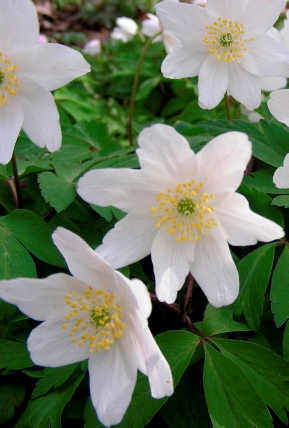
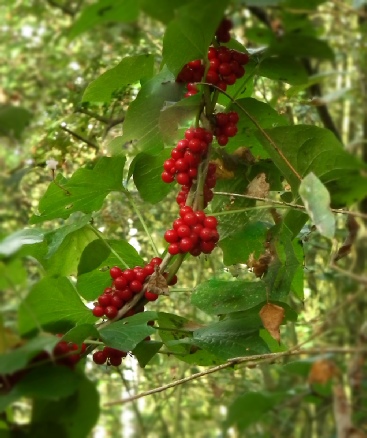
Acer pseudoplatanus
Achillea millefolium
Aegopodium podagaria
Ajuga reptans
Alliaria petiolata
Allium ursinum
Anemone nemorosa
Angelica sylvestris
Anisantha sterilis
Anthriscus sylvestris
Arctium minus ssp. nemorosum
Arum maculatum
Barbarea vulgaris
Bellis perennis
Brachypodium sylvaticum
Bromopsis ramosa
Calystegia sp.
Capsella bursa-pastoris
Cardamine pratensis
Carduus crispus ssp. Multiflorus
Carex pendula
Carex sylvatica
Centranthus ruber
Chaerophyllum temulum
Chamerion augustifolium
Chrysoplenium oppositifolium
Circae lutetiana
Cirsium arvense
Cirsium palustre
Cirsium vulgare
Conopodium majus
Cragaegus monogyna ssp. nordica
Crepis capillaris
Crocosmia x crocosmiiflora
Dactylis glomerata
Dryopteris dilatata
Dryopteris filix-mas
Equisetum arvense
Equisetum telmateia
Eupatorium cannabinum
Fallopia japonica
Festuca gigantea
Filipendula ulmaria
Fragaria vesca
Fraxinus excelsior
Galium aparine
Galium odoratum
Geranium robertianum
Geum urbanum
Glechoma hederacea
Hedera helix
Heracleum sphondylium ssp. sphon.
Holcus lanatus
Hordeum murinum ssp. murinum
Hyacinthoides non-scripta
Ilex aquifolium
Juncus bufonius
Lamium album
Lamium purpureum
Lapsana communis ssp. communis
Larix kaempferi
Lonicera periclymenum
Lotus corniculatus
Malva sylvestris
Melical uniflora
Mercurialis perennis
Origanum vulgare
Phragmites australis
Phyllitis scolopendrium
Pilosella officianarum
Pinus nigra ssp. laricio
Pinus sylvestris
Plantago Coronopus
Plantago laceolata
Plantago major
Poa annua
Poa pratensis
Poa trivialis
Polygonum aviculare
Populus sp.
Potentilla anserina
Potentiall reptans
Primula veris
Prunella vulgaris
Prunus padus
Prunus spinosa
Psuedotsuga menziesii
Pteridium aquilinum
Quercus robur
Quercus x rosacea
Ranunculus auricomus
Ranunculus ficaria ssp. bulbilifer
Ranunculus ficaria ssp. ficaria
Ranunculus repens
Ribes rubrum
Ribes sanguineum
Riber uva-crispa
Rosa canina
Rose rugosa
Rubus fruticosus agg.
Rumex obrusifolium
Rumex sanguineum
Sagina procumbens
Sambucus nigra
Sanguisorba minor ssp. minor
Sanicula europaea
Scrophularia nodosa
Senecio jacobaea
Senecio squalidus
Senecio vulgaris
Silaum silaus
Silene dioica
Sisymbrium officinal
Sonchus asper
Sonchus oleraceous
Sorbus aria agg.
Stachys sylvatica
Stellaria holostea
Stellaria media
Symphoricarpos albus
Tamus communis
Taraxacum officinale agg.
Teucrium scorodonia
Trifolium pratense
Tussilago farfara
Urtica dioica
Veronia chamaedrys
Veronica hederifolia ssp. lucorum
Veronica montana
Vicia cracca
Vicia sativa ssp. segetalis
Vicia sepium
Viola reichenbachiana
Viola riviniana
Sycamore
Yarrow
Ground-elder
Bugle
Garlic Mustard
Ramsons
Wood Anemone
Wild Angelica
Barren brome
Cow Parsley
Lesser Burdock
Lords-and-Ladies
Winter-cress
Daisy
False Brome
Hairy Brome
Hedge Bindweed
Shepherd’s-purse
Cuckooflower
Welted Thistle
Pendulous Sedge
Wood Sedge
Red Valerian
Rough Chervil
Rosebay Willow-herb
Opposite-lvd. Golden Saxifrage
Enchanter’s-nightshade
Creeping Thistle
Marsh Thistle
Spear Thistle
Pignut
Hawthorn
Smooth Hawk’s-beard
Montbretia
Cock’s-foot
Broad Buckler-fern
Male-Fern
Field Horsetail
Great Horsetail
Hemp Agrimony
Japanese Knotweed
Giant Fescue
Meadowsweet
Wild Strawberry
Ash
Cleavers
Woodruff
Herb-Robert
Wood Avens
Ground-ivy
Ivy
Hogweed
Yorkshire-fog
Wall Barley
Bluebell
Holly
Toad Rush
White Dead-nettle
Red Dead-nettle
Nipplewort
Japanese Larch
Honeysuckle
Common Bird’s-foot Trefoil
Common Mallow
Wood Melic
Dog’s Mercury
Wild Marjoram
Common Reed
Hart’s-tongue
Mouse-ear Hawkweed
Corsican Pine
Scot’s Pine
Buck’s-horn Plantain
Ribwort Plantain
Broad-leaved Plantain
Annual Meadow-grass
Smooth Meadow-grass
Rough Meadow-grass
Knotgrass
Poplar
Silverweed
Creeping Cinquefoil
Cowslip
Selfheal
Bird Cherry
Blackthorn
Douglas Fir
Bracken
Pendunculate Oak
Hybrid Oaks
Goldilocks
Lesser Celandine
Lesser Celandine
Creeping Buttercup
Red Currant
Flowering Currant
Gooseberry
Dog Rose
Japanese Rose
Bramble
Broad-leaved Dock
Wood Dock
Knotted Pearlwort
Elder
Salad Burnet
Sanicle
Common figwort
Common Ragwort
Oxford Ragwort
Groundsel
Pepper Saxifrage
Red Campion
Hedge Mustard
Prickly Sow-thistle
Smooth Sow-thistle
Common Whitebeam
Hedge Woundwort
Greater Stitchwort
Common Chickweed
Snowberry
Black Bryony
Dandelion
Wood Sage
Red Clover
Colt’s-foot
Nettle
Germander Speedwell
Ivy-leaved Speedwell
Wood Speedwell
Tufted Vetch
Common Vetch
Bush Vetch
Early Dog-violet
Common Dog-violet
